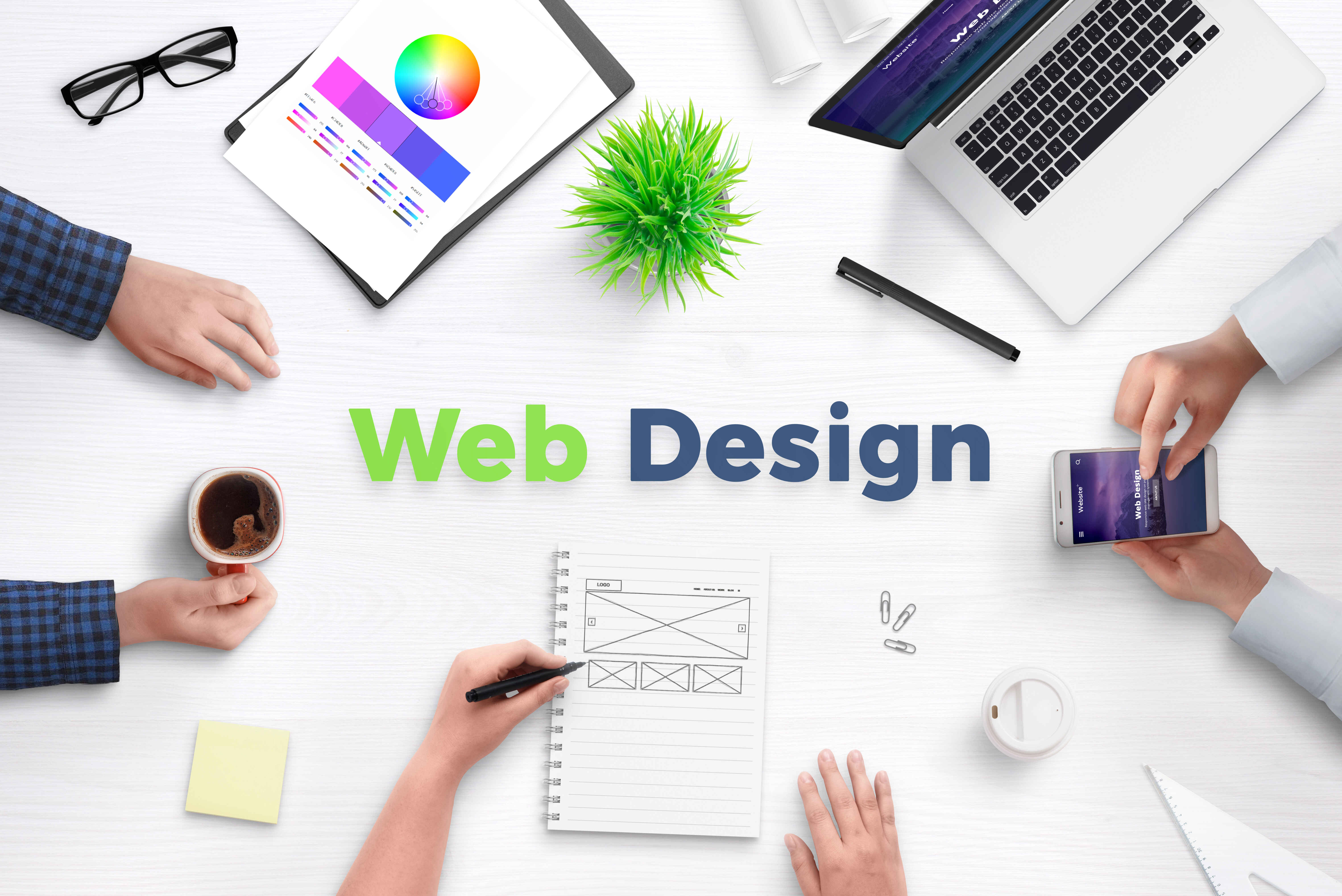Web Design Trends to Watch: How to Stay Ahead in the Digital World
Web Design Trends to Watch: How to Stay Ahead in the Digital World
Blog Article
Comprehending User Experience: Secret Principles for Successful Web Layout
In the world of internet layout, comprehending individual experience (UX) is extremely important to producing platforms that not only draw in however likewise maintain users. Secret principles such as user-friendly navigation and efficient comments systems play vital duties in fostering user fulfillment. Furthermore, factors to consider for access make certain that all customers can involve with the material seamlessly.
Significance of User Experience

In the realm of internet layout, one can not take too lightly the value of individual experience (UX) as a critical element that directly affects the success of a web site. A positive UX not only boosts customer fulfillment however additionally fosters loyalty, encouraging repeat check outs and interactions. When customers run into a user-friendly and engaging interface, they are extra most likely to explore the web content, transform into consumers, or share their experiences with others. This natural promo can considerably amplify a brand name's reach and visibility.
Additionally, the significance of UX expands beyond simple aesthetic appeals. It encompasses the general capability of a website, ensuring that navigating is smooth and information is quickly obtainable. Websites that prioritize UX are usually perceived as even more credible and qualified, which can have a profound effect on conversion prices. On the other hand, poor UX can bring about irritation, causing high bounce rates and lost chances.
Ultimately, investing in user experience is not simply a design option; it is a critical decision that can separate a brand name in a congested marketplace. By concentrating on UX, companies can create meaningful communications that reverberate with users, paving the way for continual success in the electronic landscape.
Functionality Principles
Effective website design rests on the application of crucial functionality principles that ensure a website is both useful and straightforward. Central to these concepts is the idea of intuitiveness, where users can browse the site effortlessly without extensive guideline. Clear navigating frameworks, including well-labeled menus and regular designs, enhance this instinctive experience, allowing customers to find information promptly.

Uniformity is equally vital; keeping uniformity in layout components, terminology, and procedures throughout the website helps to minimize complication. Individuals need to not need to relearn exactly how to communicate with different areas of the site.
Additionally, mistake prevention and recuperation are necessary for use. Internet sites must be developed to minimize the opportunity of user mistakes, and when errors occur, useful and clear mistake messages ought to direct customers in the direction of resolution.
Ease Of Access Factors To Consider
Making sure ease of access in internet style is extremely important for developing inclusive electronic experiences that accommodate all individuals, including those with specials needs. Ease of access factors to consider involve creating internet sites that accommodate diverse needs, allowing users with visual, auditory, cognitive, or electric motor problems to browse and communicate efficiently.
To attain this, web designers must comply with developed guidelines, such as the Web Material Accessibility Guidelines (WCAG) These standards give a framework for making content perceivable, operable, easy to understand, and robust. Secret techniques consist of guaranteeing adequate shade comparison, providing text options for non-text material, and making sure key-board navigability.
In addition, semantic HTML should be utilized to improve display visitor compatibility, permitting customers with aesthetic problems to understand the framework and definition of web content with ease. web design. Providing clear, concise instructions and using straightforward language can even more improve functionality for people with cognitive disabilities
Regular accessibility testing, involving real customers with disabilities, is important to determine obstacles and enhance the individual experience. By prioritizing accessibility, internet developers not only comply with lawful criteria however likewise foster an even more fair digital landscape, eventually benefiting everyone through boosted functionality and interaction.
Visual Style Elements
A myriad of visual design components plays a critical function fit individual perceptions and experiences on an internet site. These aspects include color pattern, typography, format, images, and whitespace, each adding to the overall visual charm and effectiveness of a site.

Color systems evoke emotions and can influence user actions; as an example, warm shades might develop a sense of seriousness, while trendy shades commonly advertise calmness. Typography, on the other hand, influences readability and can establish a brand's individuality - web design. The selection of font design and dimension need to straighten with the web site's objectives and target market
Images, consisting of symbols and pictures, improves storytelling and can substantially affect individual interaction. Premium visuals produce a feeling of expertise, while poor-quality photos might detract from the individual experience.
Format and whitespace are equally important, as they lead users through the content. A well-structured layout helps customers discover information quickly, while adequate whitespace stops mess, helping with an extra pleasurable surfing experience.

Evaluating and Model
Customer testing and model are essential elements of an effective web style process. These methods make it possible for developers to collect useful feedback from actual customers, making certain that the final product satisfies their expectations and requirements. Individual screening includes observing how actual customers communicate with a web site, recognizing usability issues, and comprehending individual actions. This this website straight responses is critical in exposing pain points that may not appear during the style phase.
Version, on the other hand, is the procedure of fine-tuning the layout based on the insights gained from customer testing. By making incremental changes and re-evaluating the style, groups can improve functionality, improve looks, and optimize user engagement. This cyclical technique promotes a culture of continual renovation, enabling developers to adapt to customer requirements and arising trends effectively.
Moreover, incorporating both individual testing and version right into the layout procedure causes more educated decision-making and eventually leads to a check here more user-centered product. By welcoming these concepts, internet developers can produce much more intuitive, engaging, and reliable experiences that reverberate with their target market, ultimately driving higher user complete satisfaction and retention.
Final Thought
To conclude, user experience is an essential component of effective web layout, including functionality, access, and visual factors to consider. Complying with well-known concepts improves user fulfillment and engagement, cultivating a much more comprehensive on-line setting. Continuous screening and iteration serve as essential procedures for attending to and identifying individual discomfort points, guaranteeing that why not try these out website design continue to be adaptable to advancing requirements. By focusing on these aspects, web developers can produce user interfaces that not just fulfill user assumptions yet also advertise enduring links.
In the world of web style, understanding user experience (UX) is critical to creating platforms that not just draw in yet likewise maintain customers.In the realm of web design, one can not underestimate the significance of user experience (UX) as a critical component that straight influences the success of an internet site. Customer screening includes observing just how real individuals engage with a site, identifying usability issues, and understanding customer habits.In final thought, individual experience is an important part of efficient internet style, including usability, access, and aesthetic considerations. Continuous screening and iteration offer as crucial processes for resolving and identifying user pain points, ensuring that internet styles remain versatile to advancing requirements.
Report this page